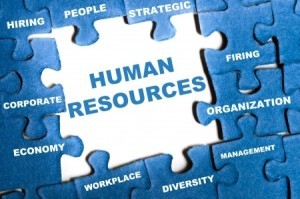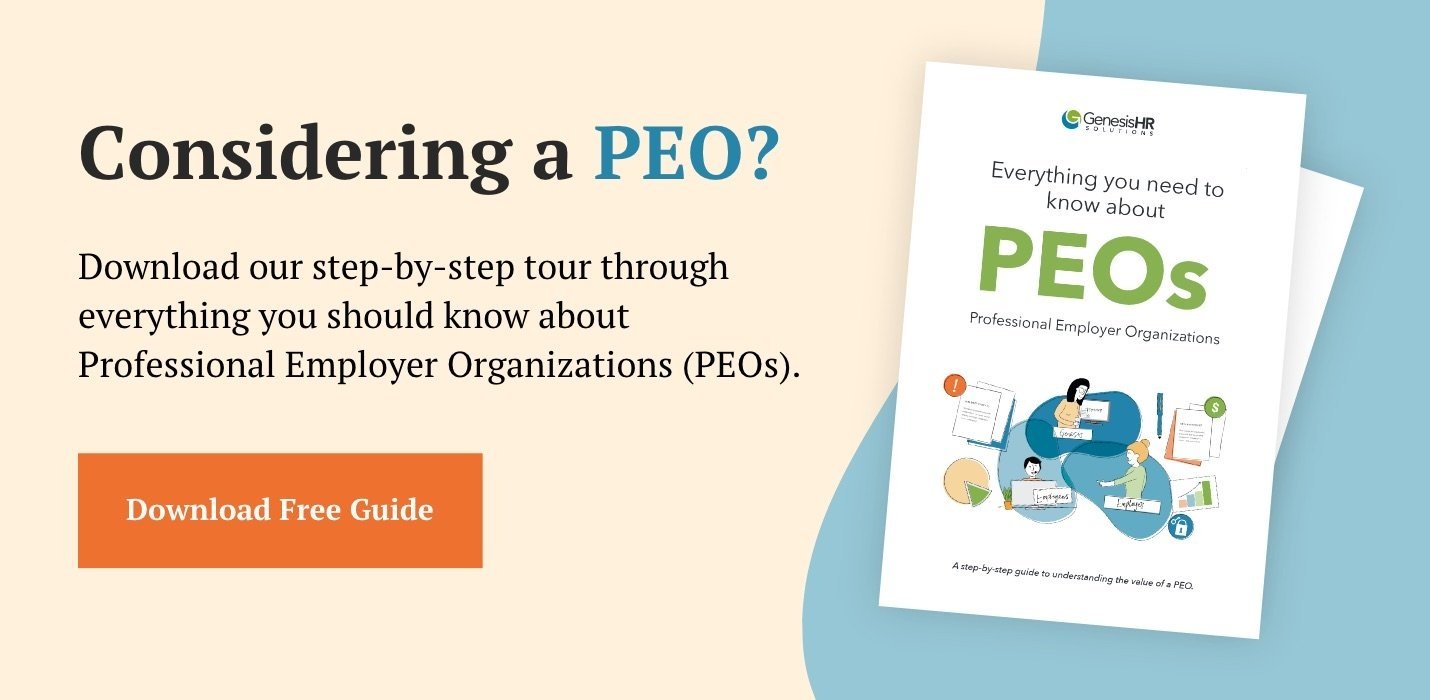 We can all agree that it’s not easy managing human resources in any size organization. Employer regulations at the state and federal level are only increasing, the workforce is becoming more dynamic, the expectations on supervisors and managers is more complex, and most businesses are trying to do more with less. These reasons make it easy to understand why mistakes can happen in the world of human resource management.
We can all agree that it’s not easy managing human resources in any size organization. Employer regulations at the state and federal level are only increasing, the workforce is becoming more dynamic, the expectations on supervisors and managers is more complex, and most businesses are trying to do more with less. These reasons make it easy to understand why mistakes can happen in the world of human resource management.
Knowing where these mistakes can happen provides great insight, but understanding how to avoid them is even better.
The most common HR mistakes include:
- Faulty hiring practices (yielding bad hiring decisions)
- Ineffective new hire on-boarding
- Misclassification of employees
- Compliance with wage and hour rules
- Incomplete or outdated Employee Handbook
- Lack of Supervisory training
- Missing documentation
Steps to avoid these common mistakes:
1. Effective hiring
Hiring the right talent for the right position can be an exercise in trial and error. Implementing a process to improve hiring decisions can have a positive impact on the outcome.Document and follow a hiring process that includes; a complete and detailed job description, an ideal candidate profile, targeted recruiting sources for the position, appropriate and measurable interview questions, and a system to compare candidates based on job requirements.
2. New hire on-boarding
How to best assimilate new hires into your organization can seem like a daunting task. Take the process in small steps; plan the first day and the first week. Develop a schedule so your new hire knows you have prepared for their arrival and they know what to expect for their first week. Be sure to allow time for the new hire to meet their colleagues and members of the management team. Identify the formal and informal job training that needs to take place and schedule accordingly.
3. Appropriate classification
There are several layers of employee classifications; 1) regular vs. temporary, 2) full-time vs. part-time, and 3) exempt vs. non-exempt. The definitions for each are likely outlined in your employee handbook or, at a minimum by the Department of Labor. Most organizations make errors in classifying a position as exempt when it doesn’t meet the guidelines. Utilize the tools provided by the DOL to more accurately classify your positions.
4. Wage and hour rules
Avoid making assumptions regarding rules around pay as they can be costly if you are found to be in violation. Guidance on all wage and hour laws are readily available from the Department of Labor. Be extra diligent around the comp time, calculation of overtime, docking salaried employees, inappropriate payroll deductions, rounding time for hourly employees, and the recording of actual time worked.
5. Employee handbook
Your handbook should always be current and reflect policies that are in line with actual practice. Regulatory policies on at will employment, discrimination, harassment, leaves, drugs and alcohol, and background checks must reflect the most current federal and state laws. The documented policies are only worthwhile if the handbook is disseminated to all employees. Be sure to obtain signed acknowledgement of receipt and understanding forms for each employee. Handbooks should be reviewed annually for changes in your practice, as well as updates at the state and/or federal level.
6. Supervisory/Management Training
The effectiveness of your management team has a direct correlation to the level of success of your business. Invest the time in training your managers on essential management skills; managing employee expectations, providing constructive feedback, writing and delivering performance reviews, setting and measuring goals, and managing poor performance up or out. Confident and capable managers tend to lead more productive and effective teams.
7. Document, document, document!
Many managers ask what they should be documenting. The answer is everything; the good and the bad. Document performance related discussions with a follow-up email to the employee; document examples of performance issues with written counseling or warnings; and document examples of good performance to be used later in formal performance evaluations, or promotion decisions. Documenting activities in real time will be much easier, and more accurate, than having to create from memory.
The list above just begins to touch the surface on how to avoid these common HR mistakes. For more tips and strategies on avoiding costly mistakes, please reach out to Genesis at AskUs@genesishrsolutions.com or 800-367-8367.
Genesis HR Solutions is the premier PEO provider for Massachusetts based businesses.




